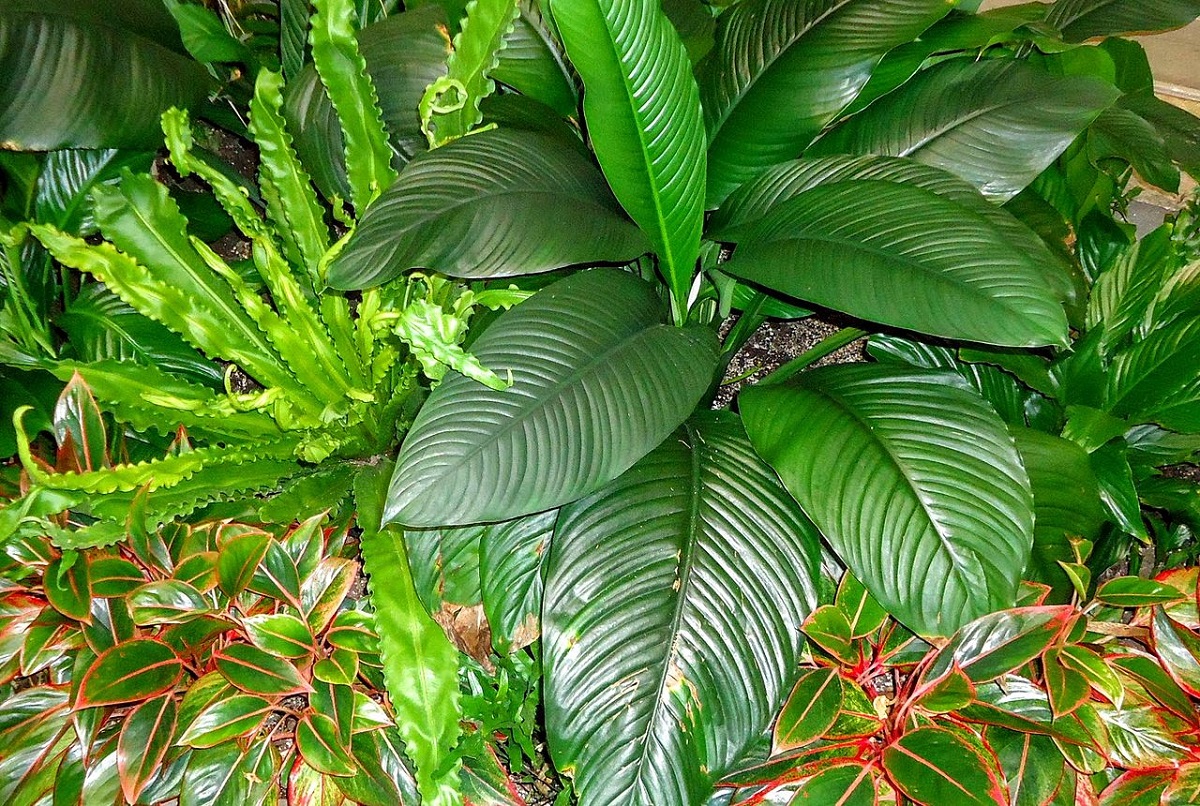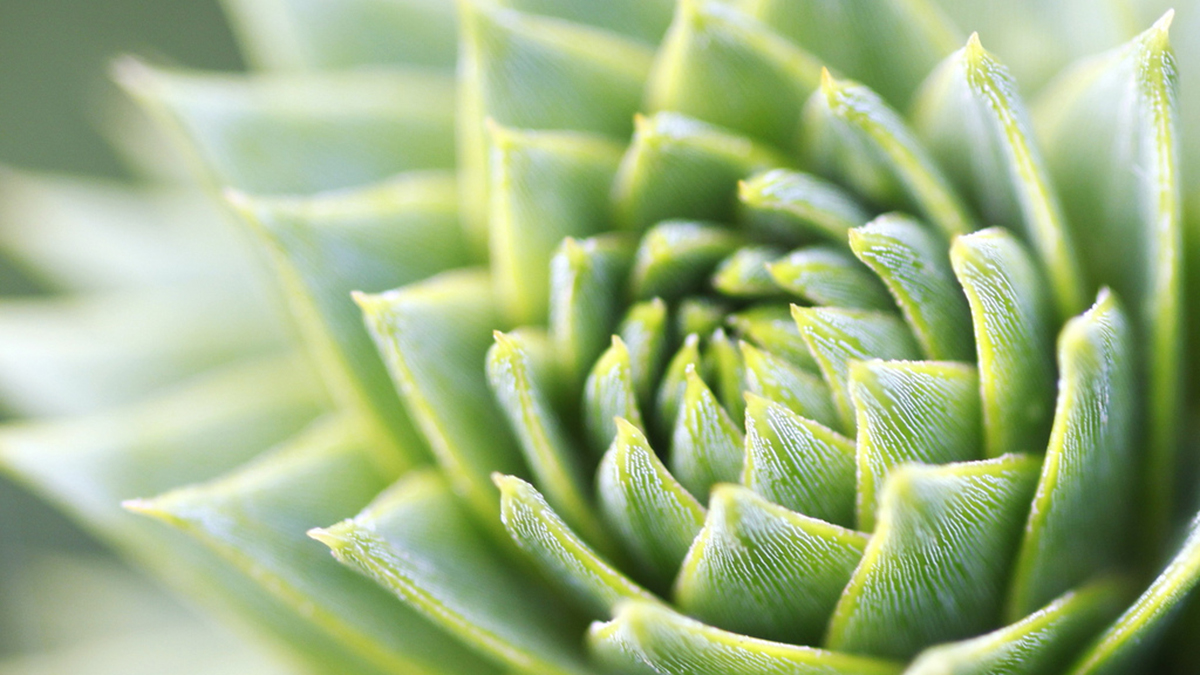Nicotine was banned as an insecticide in the European Union in 2009, but vegetables and herbs often still have high levels of nicotine in them. Scientists at the Technical University of Braunschweig in Germany set out to uncover the reasons why by studying peppermint plants. The German scientists mulched their plants with cigarette tobacco.
In just a few days, the peppermint plants concentrated nicotine at levels several times higher than the amount permitted under the new agricultural rules, taking up nicotine through their roots and processing it in their leaves. In just a few more days, however, nicotine contamination levels fell just as dramatically. This suggests that nicotine contamination of vegetables, spices, teas, and herbs comes from sources other than illegal pesticides.

Nicotine Levels Also Dramatically Higher After Fumigation with Cigarette Smoke
It wasn't just nicotine in the soil that increased nicotine in plants. Fumigating plants with cigarette smoke also drastically increased nicotine content in the plant itself, as the plant literally breathed in the tobacco smoke. This simple scientific experiment showed that a naturally occurring alkaloid chemical, like nicotine, could be transferred from one plant to another after the plant that made it dies. For farmers, this discovery begins to explain why age-old practices like crop rotation and companion planting work. Even when humans don't use chemicals, plants can generate their own. However, it also points out a practical application, reducing the effective of second-hand smoking.
Why Should We Care About Second-Hand Smoke?
Is nicotine bad, that is, the nicotine from second-hand smoke? Non-smokers, both pets and humans, who breathe in cigarette, pipe, and cigar smoke are at elevated risk for a variety of diseases.
- Cats and dogs that are exposed to second-hand smoke are at twice as great risk for certain kinds of cancers as those who are not.
- When cats groom themselves, they ingest tar and ash from cigarette smoke. Cats that live in households with smokers are twice as likely to develop a deadly form of cancer known as feline lymphoma, a potentially fatal cancer of the feline immune system.
- Dogs that are exposed to cigarette smoke are twice as likely to develop cancers of the mouth and nose as dogs that do not.
- Smaller animals and birds, such as hamsters, gerbils, ferrets, canaries, and mice, are especially susceptible to the effects of second-hand smoke.
- (Human) children who are exposed to second-hand smoke, who live in a household in which at least one other person smokes, are twice as likely to become smokers themselves.
- Second-hand smoke is a major risk factor for sudden infant death syndrome (SIDS).
- Infants who are exposed to second-hand tobacco smoke have slower development of motor skills and language by the age of eighteen months.
- Second-hand smoke increases the risk of asthma, lung cancer, and cardiovascular disease.
- There is no known safe level of second-hand tobacco smoke.
- Vaping nicotine liquid produces second-hand smoke with effects similar to second-hand tobacco smoke.
READ You Can Overdose On Nicotine
Even families that do not smoke can be endangered by chemicals in second-hand smoke from their neighbors, except, of course, in smoke-free buildings. For those who do not live in smoke-free environments, however, house plants can help control the detrimental effects of smoking.
The Best House Plants for Reducing Indoor Air Pollutants
House plants are ideal for reducing third-hand smoke, the tobacco residue that accumulates in carpets and household dust, and on walls and ceilings and floors. They do this by acting something like a very low-power vacuum cleaner, emitting water vapor that dissolves tobacco smoke chemicals, and then carries them back into the plant for use as nutrients.
Obviously, most of us aren't going to have pots of peppermint around the house. Many other house plants, however, are very effective at removing specific kinds of indoor air pollution.

- English ivy and gerbera daisies remove benzene, which is one of the major chemicals in tobacco smoke.
- Bamboo palm, Boston fern, dwarf date palm, English ivy, lady palm, and weeping fig remove formaldehyde, which released by flame-resistant fabric and carpets.
- Chrysanthemums remove carbon monoxide, another contaminant produced by cigarette smoke. They do not, however, remove the poisonous chemical fast enough to counteract problems with furnaces or car exhaust.
- Spider ivy (Chlorophytum comosum), with its waxy leaves, is very effective for removing dust and particulate matter from indoor air. Laboratory testing has found that the leaves "suck up" particles, not relying on gravity as the sole means of accumulating dust. Cleaning the plant from time to time "recharges" it to collect still more dust. This plant is especially helpful for clearing the air of "take home" air pollution brought home from the job by bakers, construction workers, and cooks.
- Golden pothos, philodendron, spider plant, Chinese evergreen, and peace lily are good for removing a variety of indoor air pollutants.
Vacuuming removes particulate matter and pollen. Houses where the vacuum cleaner is used more often that once a week have up to 70 percent less pollen during pollen season than houses where the vacuum cleaner is just only once a week or less often. Air conditioning helps prevent respiratory diseases in children, especially in the tropics, but filters and dehumidifiers sometimes cause unintended consequences. In-home venting of a clothes dryer increases particulate matter in the house, as does using an old filter on a vacuum cleaner. Dust mites are more common in houses that have dehumidifiers. Air filters are no match for the mold and dander brought into a house by dogs and cats that have access to the yard or a park. Clothes worn outdoors during wet weather bring in molds, and clothes worn outdoors during pollen season bring in pollen that can persist on them for several weeks even after problem plants have stopped blooming.
READ Best Plants for Indoor Air Quality
Besides adding beauty to your home, house plants are far less expensive than HEPA air filters. They don't require electricity or expensive repairs. All they need is occasional watering, leaf-dusting, and pruning. They lighten the mood of an interior space, and they encourage healing in people who see them every day.
- Gawrońska H, Bakera B. Phytoremediation of particulate matter from indoor air by Chlorophytum comosum L. plants. Air Qual Atmos Health. 2015
- 8(3):265-272. Epub 2014 Aug 9. PMID: 26052368.
- Yeramaneni S, Dietrich KN, Yolton K, Parsons PJ, Aldous KM, Haynes EN. Secondhand Tobacco Smoke Exposure and Neuromotor Function in Rural Children. J Pediatr. 2015
- 167:253-259.
- Photo courtesy of cleopold73: www.flickr.com/photos/cleopold73/2669714872/
- Photo courtesy of simon_schlegl: www.flickr.com/photos/simon_schlegl/7693168396/
- Photo courtesy of simon_schlegl: www.flickr.com/photos/simon_schlegl/7693168396/


Your thoughts on this